The question of how similar Metaphor: ReFantazio would be to SMT and the modern Persona games loomed long before its release. With the creative talent of Atlus’ past working to define Metaphor‘s identity, it was a given that some aspects of the company’s repertoire would be present in the game. After the title’s critical acclaim and Game Award nominations, however, it has become ever clearer that Metaphor, much like its protagonist, manages to chart its own path, striking the proper balance between establishing itself and paying homage to the greats that came before it. Aside from its mechanical inspirations in its iteration of the modern Persona calendar system and SMT‘s press-turn combat, there lies a number of small, clever references that contribute to this, serving as clever nods that Atlus fans will appreciate.
Metaphor: ReFantazio‘s referential treatment lies in its combat, with its most overt references being in the namesakes of its Archetypes. The first that most players will recognize is in the protagonist’s starting lineage, as the Elite Archetype ‘Soul Hacker’ pays homage to 1997’s Devil Summoner: Soul Hackers. Later, Metaphor‘s Eupha will open access to the Summoner lineage, and upon dabbling in its base Archetype and the Magic Seeker, she (or another party member of the player’s choosing) will gain access to the Devil Summoner itself, which pays true respect to the greater Megami Tensei series. The Devil Summoner Archetype is as versatile as the demons of SMT, comprising a range of fan-favorite demons that work to make Metaphor‘s combat more strategic.
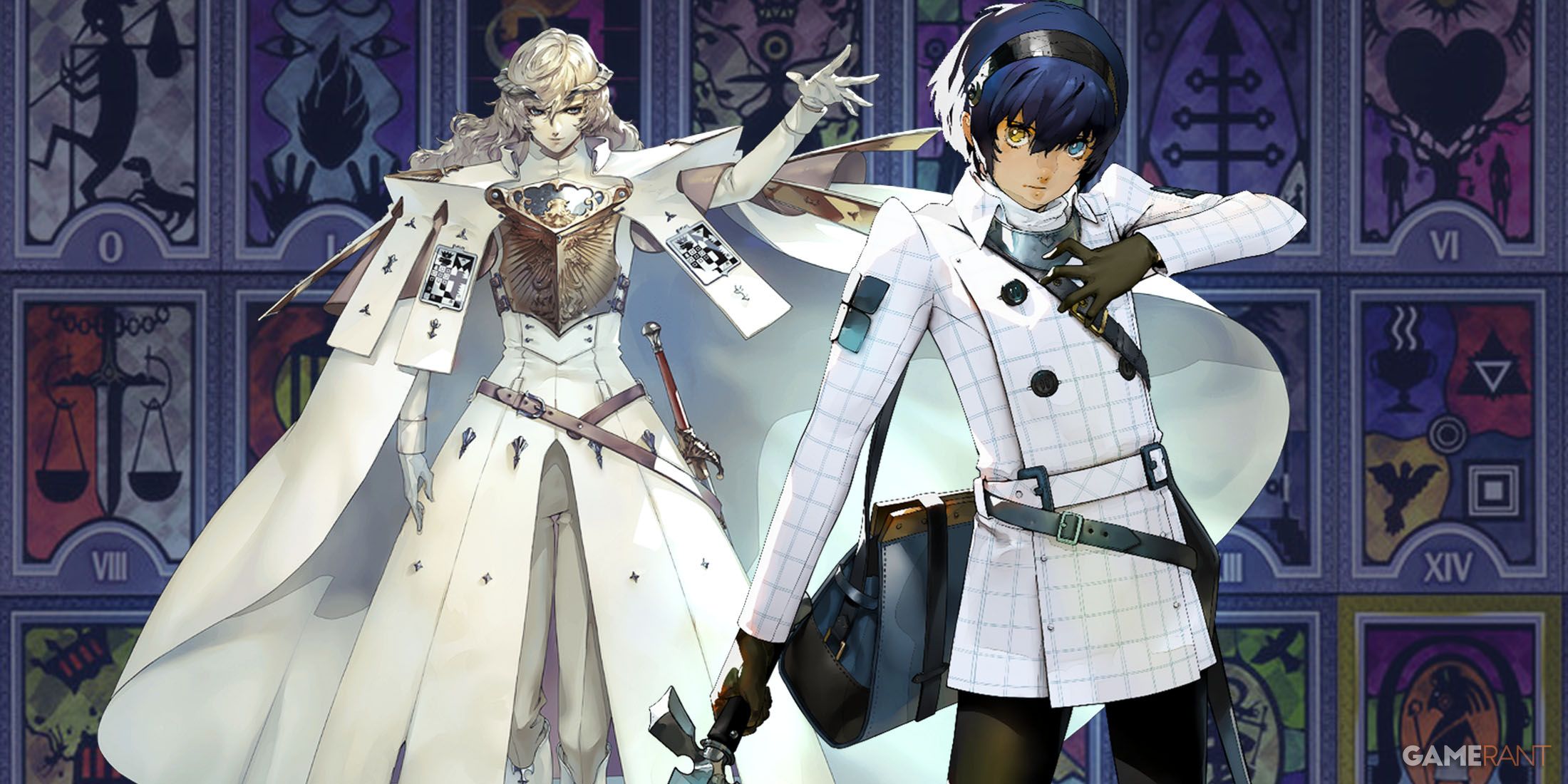
Related
All Metaphor: ReFantazio Followers Explained as Persona Arcana
The Persona series is known for its tarot-based system for classifying Social Links, but Metaphor: ReFantazio’s characters also fit into that system.
Metaphor’s Devil Summoner
Of the Devil Summoner’s skills, players can channel the strengths of series icons like Jack Frost and Mothman for elemental damage, nullify physical attacks with Decarabia, deal devastating piercing damage with Cu Chulainn while lowering enemy defenses, provide healing with Lakshmi, and more. The Devil Summoner also has access to powerful synthesis skills that pay further homage to series greats, like the tyrant Beelzebub or even Ishtar, calling to mind excellent boss fights from SMT3: Nocturne and SMT5, among other Megami Tensei appearances. These summons are attainable through special experiments with the help of More, with talismans that bear the names of the demon races being key to creating vessels that channel their power.
The Arcana is the Means By Which All is Revealed
This same concept applies to another of Metaphor‘s more overt references, which is the Persona Master Archetype. Unlocking through Junah’s starting lineage, though available for anyone in the party to wield should they rank up the Masked Dancer, the Persona Master can be embedded with different skills depending on the mask they don. These Archetypal masks can be obtained by fusing masks of the Arcana, tying into the Tarot inspirations that make up a crucial part of modern Persona‘s social links. For players who utilize the Royal Masked Dancer (exclusive to Junah), the synthesis skill Masquerade Change has a fantastic reference in which the Archetype can be seen with glasses and an Evoker, surrounded by the Tarot cards it draws strength from.
A Unique Skill From One of SMT’s Most Iconic Demons
Another reference found in Metaphor‘s Royal Archetypes is a nod to a skill that’s become synonymous with victory. Strohl’s Royal Warrior Archetype is capable of learning Hassou Tobi, which fans will recognize as the great Yoshitsune’s unique skill. Yoshitsune has been considered somewhat of a broken demon (or Persona) in Megami Tensei history, as its ability to deal eight Physical hits in one fell swoop can be immensely powerful. In the case of SMT5, this is compounded through the demon’s ability to always land critical hits with the attack, making it a demon worth keeping around and leveling up til the very end. With Metaphor‘s Royal Warrior, Hassou Tobi deals Slash damage to all enemies eight times, and considering how OP physical attacks can get with Metaphor‘s myriad buffs and front-row boost, the skill is certainly a boon.
In terms of S MT and Persona references in Metaphor: ReFantazio‘s plot, the game mostly sticks to its own identity. With this said, there are clear parallels in its character treatment, with party members like Strohl bearing quite a resemblance to Persona 5‘s Ryuji, or Heismay’s fatherly role striking similarities to Persona 5 Strikers‘ Zenkichi. There is even a significant story moment just before Metaphor‘s final boss encounter which draws parallels between Strohl’s actions and Ryuji’s at the end of Shido’s palace, showing that while Metaphor‘s characters are capable of standing on their own, it’s still interesting to see the traits they share with other fan-favorite characters among Atlus’ titles.

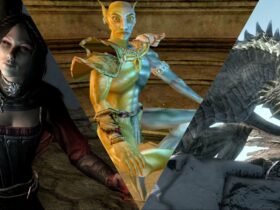
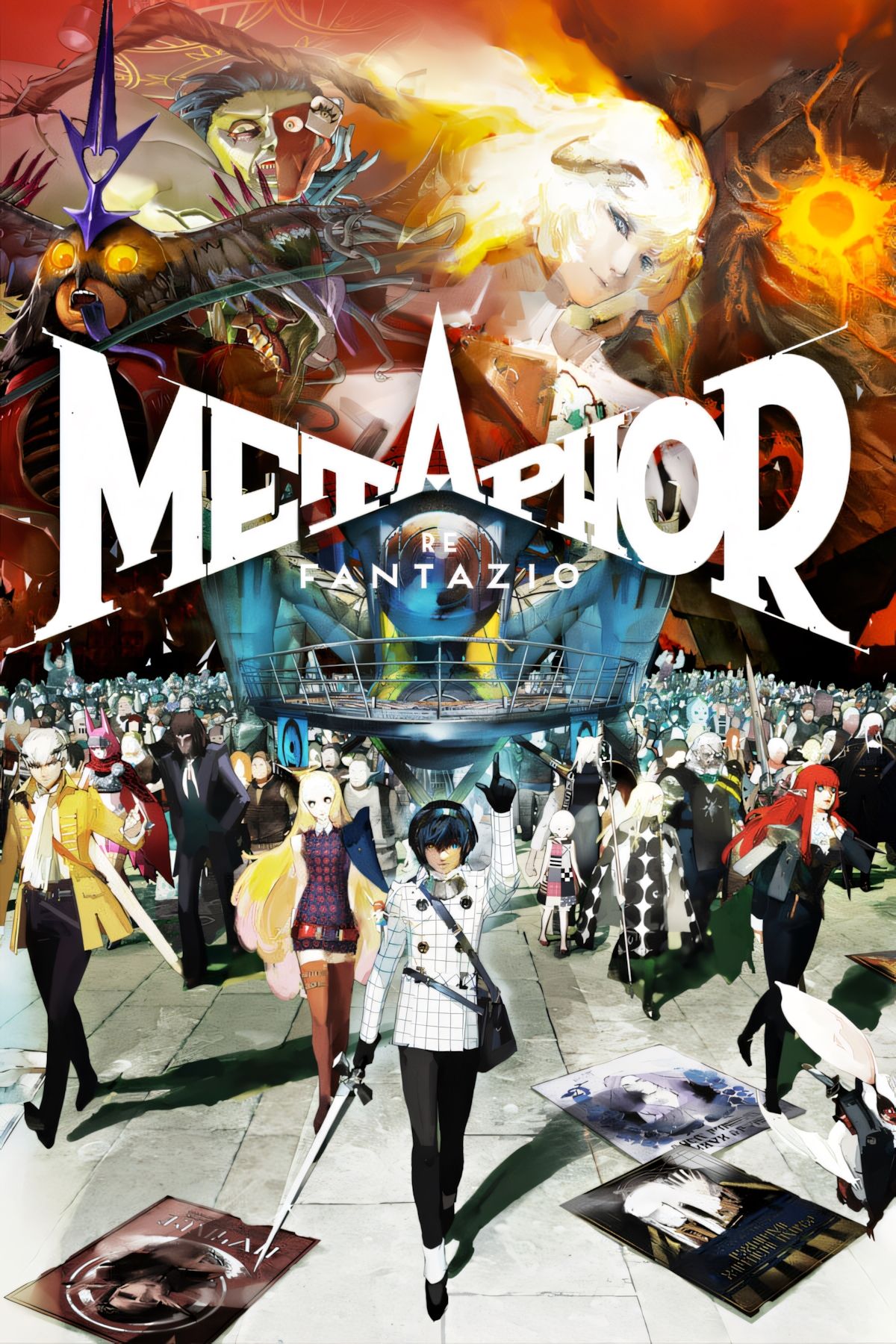



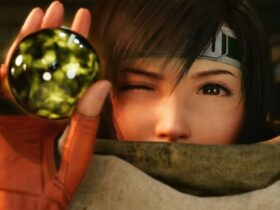

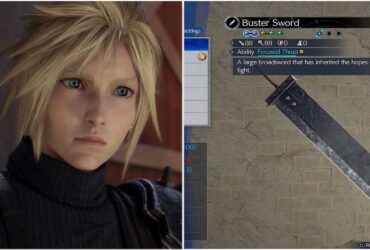
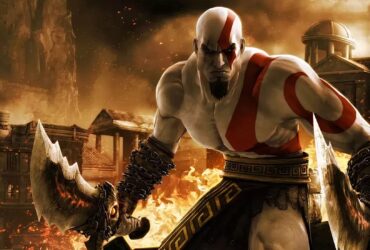

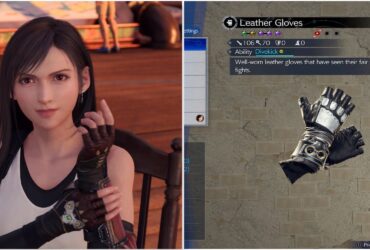

Leave a Reply